#4 THE CROWN JEWELS BY Lezan Lurr
Massproductions presents its fourth interpretation from the series The Crown Jewels, where four creators have been asked to renew worn-out Crown Armchairs. In this fourth version, Lezan Lurr, creator and founder of the fashion brand Namacheko, has created two brutalist interpretations of the Crown Armchair that have undergone a shapeshifting.
Massproductions presents its fourth interpretation from the series The Crown Jewels, where four creators have been asked to renew worn-out Crown Armchairs. In this fourth version, Lezan Lurr, creator and founder of the fashion brand Namacheko, has created two brutalist interpretations of the Crown Armchair that have undergone a shapeshifting.
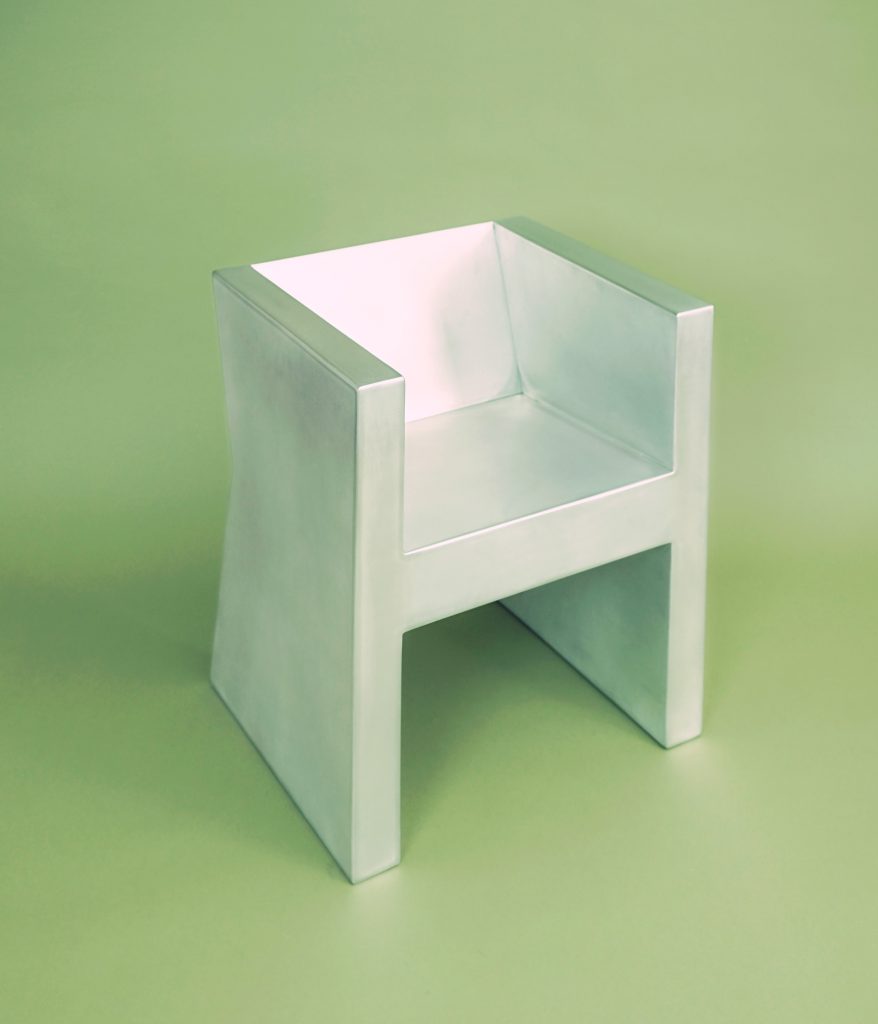
Lezan Lurr was born in Kirkuk, Kurdistan but grew up in Sweden. While completing her engineering education, in 2016 she and her brother Dilan Lurr started the now internationally recognized fashion brand Namacheko. Since then, her creative career path has broadened to also include furniture and interior design. Today, Lezan Lurr lives in London. Creation and change as a prerequisite for the progress of life is something Lezan grew up with.
“I grew up listening to my father’s stories in which, at the age of seven, after my grandfather’s death, he had to start working as a goldsmith in order to support the family. At sixteen he bought land and built his own house. The furniture and living space were designed and built by himself as time went on.”
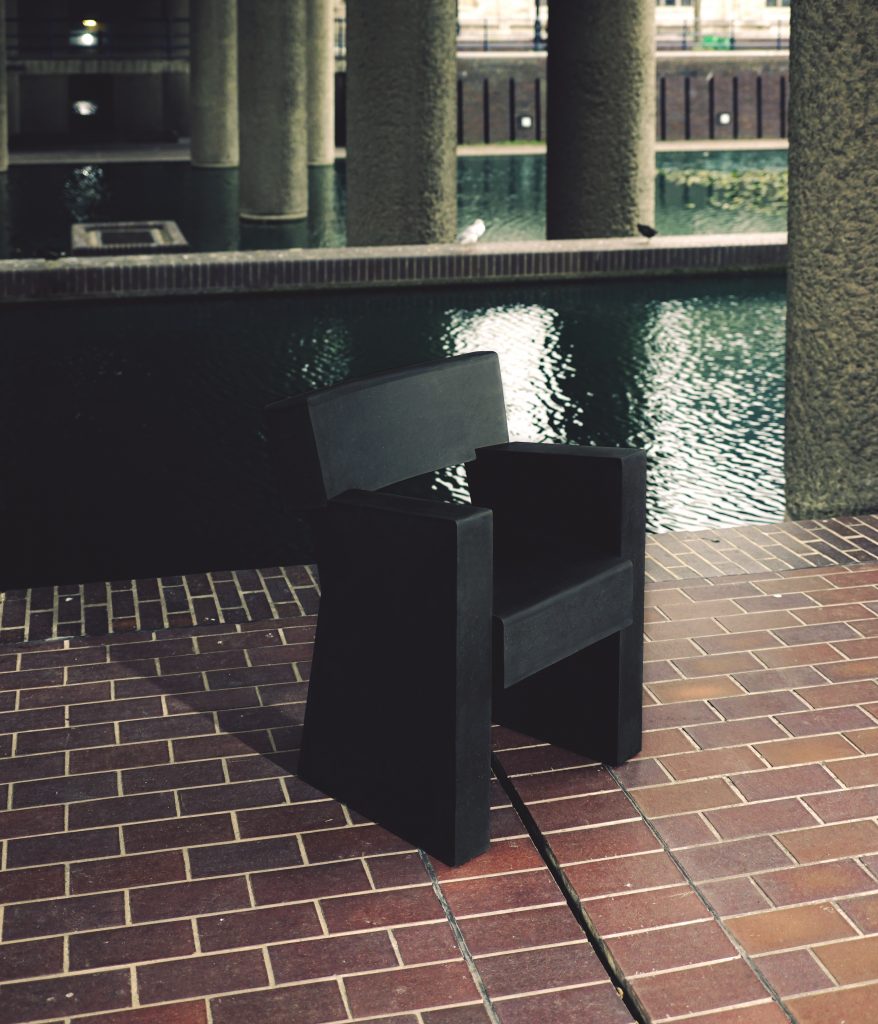
How did you go about this project? What has the process been like?
It took me months to think about it before I actually took pen to paper and made a first sketch, I processed the idea in my head as I had the two chairs in my living room in London and had daily interactions. I quite quickly knew the materials I wanted to work with as I had stripped down the fabric and foam off the first chair in my living room a late evening out of pure curiosity for what was beneath, I then brought them to the workshops, the aluminium chair went all the way to Dorset for metal works to be developed with Scot Sherrard, and I kept the Valchromat chair in the carpenters workshop in north London, and started putting together the pieces of the puzzle I had drawn with quite a few iterations during the process.
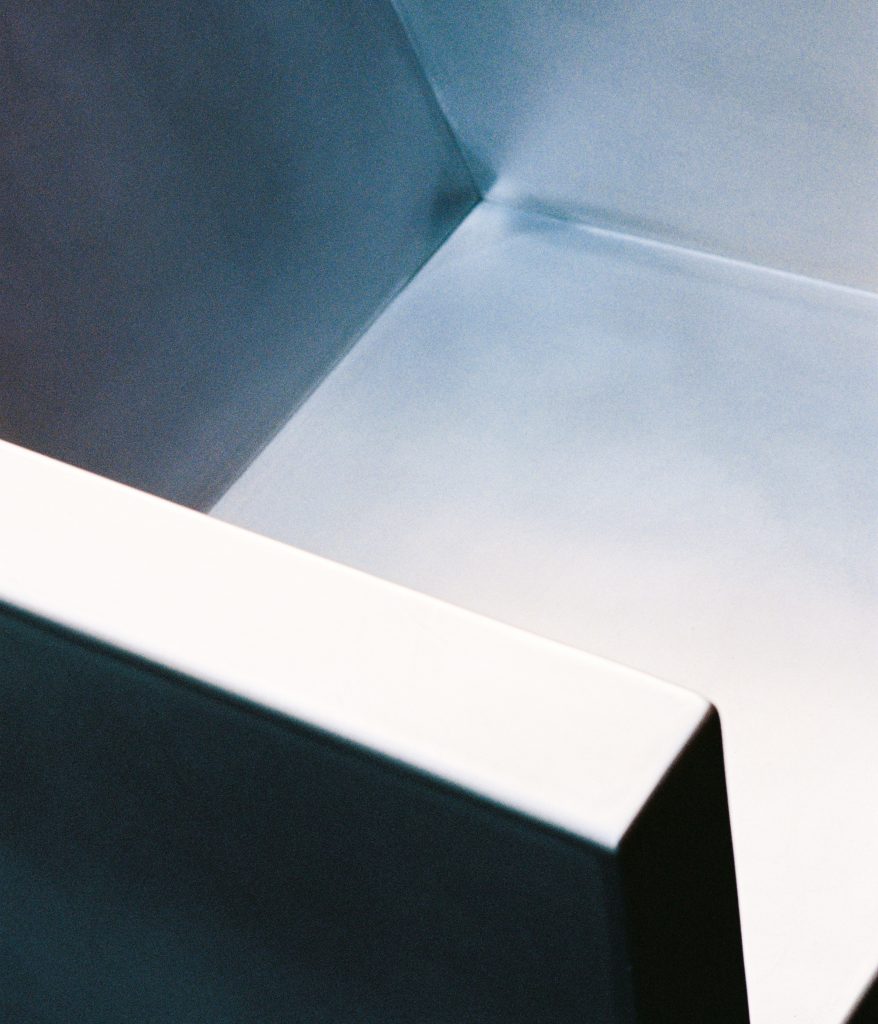
“The bridge between fashion and design has been central to my work to push boundaries in design and innovation. As two seemingly distinctive disciplines, the common elements such as material flows and geometry, allow for new forms and typologies to evolve. “
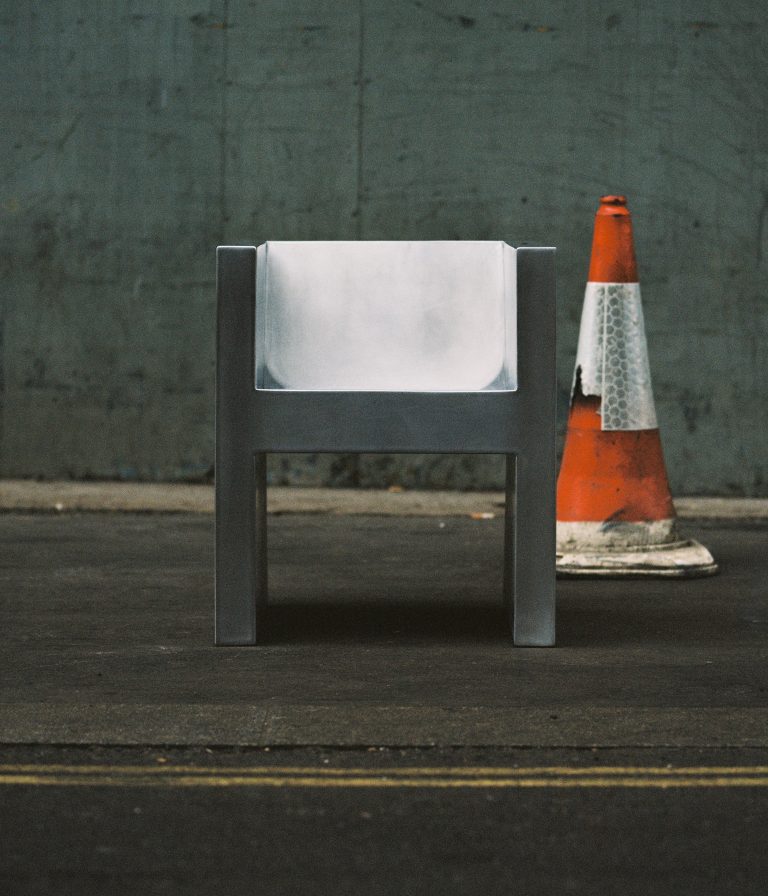
Describe your way of working?
Storytelling and identity are central to my design process. However most of the time it actually starts with paintings. Viewing them I mean, I do not actually paint myself. I spend a lot of my time at either galleries or museums and doing studio visits, that is with a feeling of enchantment. There is a seductive quality of paintings, a way it can pull you in, and be pleasurable. Sometimes in an absurd and somewhat unpleasant way. It’s a complicated experience, one could even call it confrontational, where pleasure meets a sense of discord, that triggers a starting point for emotions and thoughts. You have to work to figure it out, solve the puzzle in your own mind. And by this point you might realise how you have been pulled into the painting, standing there a few more minutes than you intended. This is the starting point for me, this sometimes quite uneasy feeling that I can not articulate starts a research process, a sketch process or writing process until the idea forms and visualises in my practice.
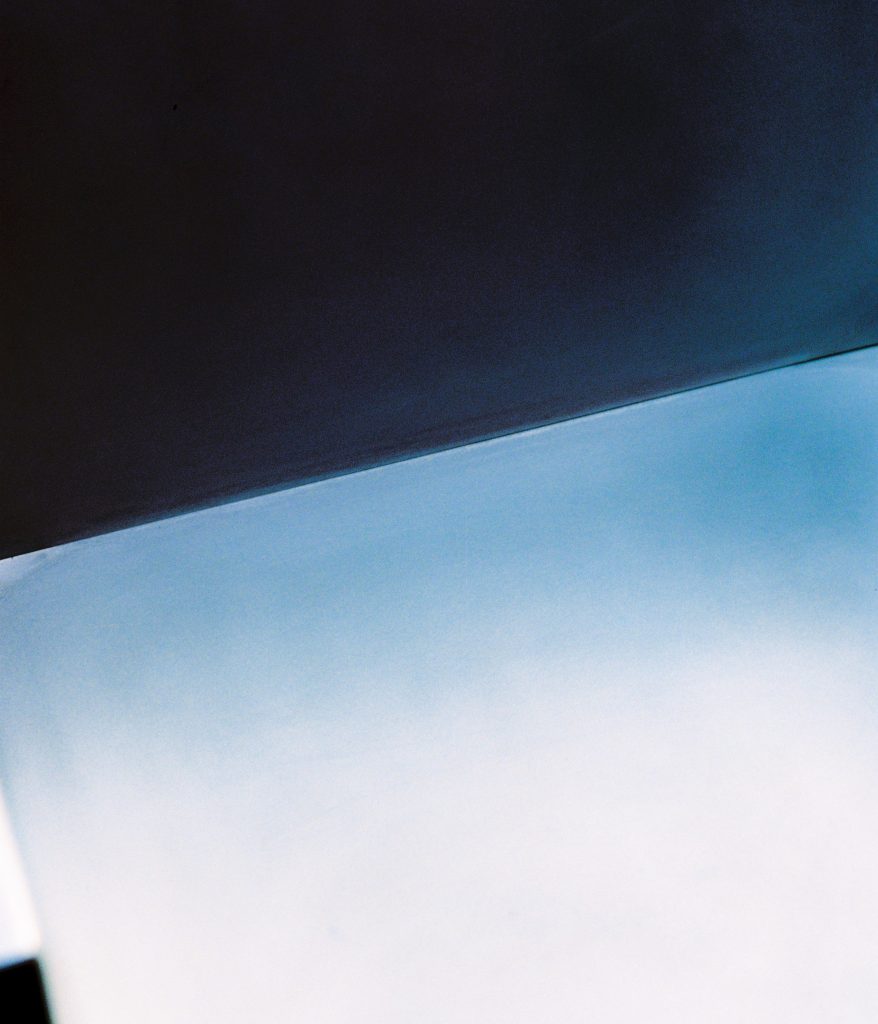
“Lezan’s interpretation makes me think of pictures of Joan of Arc. A noble creature who dresses in armour and gets ready for a tough day at work.”
– Magnus Elebäck
CEO Massproductions
The exploration of the bridge between fashion, design and form forms the basis of Lezan’s creations, and also her work with the Crown Armchair. The result is two interpretations of the chair that explore itself and its possible metamorphosis, where new covers can be taken on and off the original chair body.
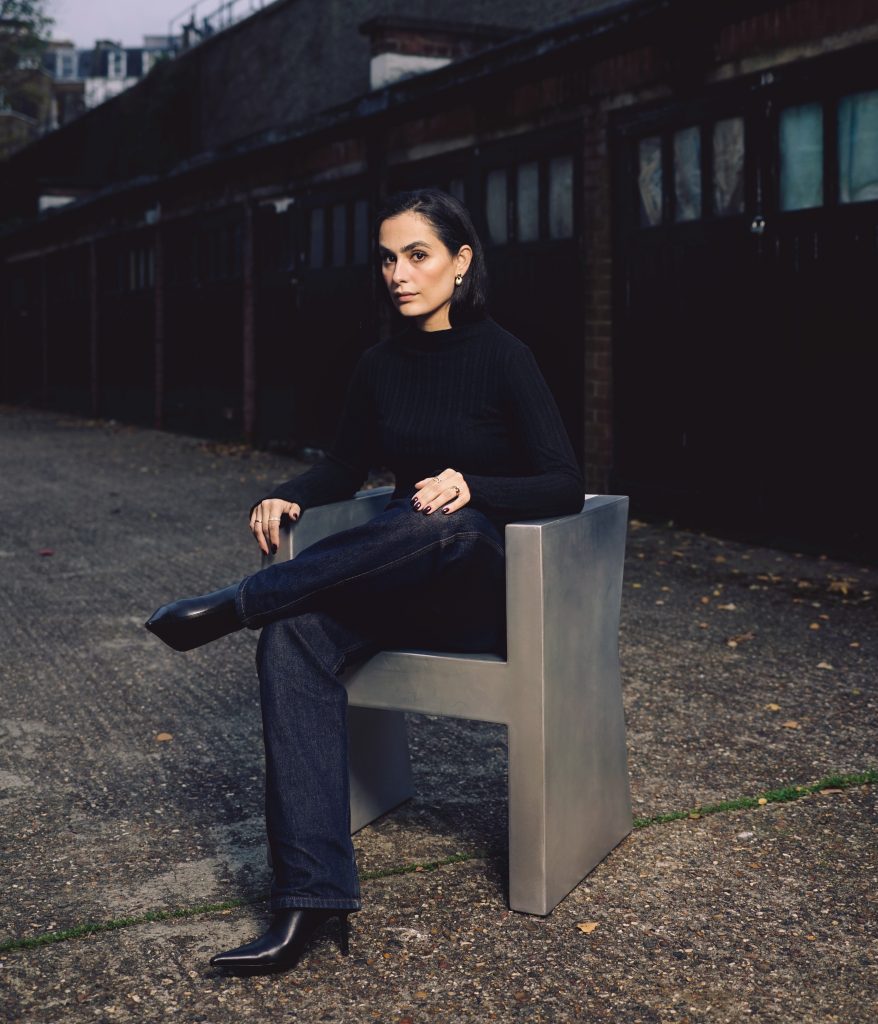
“All through ancient mythology to modern fiction, shapeshifting has been part of storytelling. It is described as a curse, pure witchcraft and other times as a superpower. This translated into creating cases, which can be taken on and off. In this way, the chairs are introduced into the daily shape-shifting that we engage in when we dress, with the possibility to alternately highlight, play and discover, alternately hide ourselves and return to our self-exploration. “
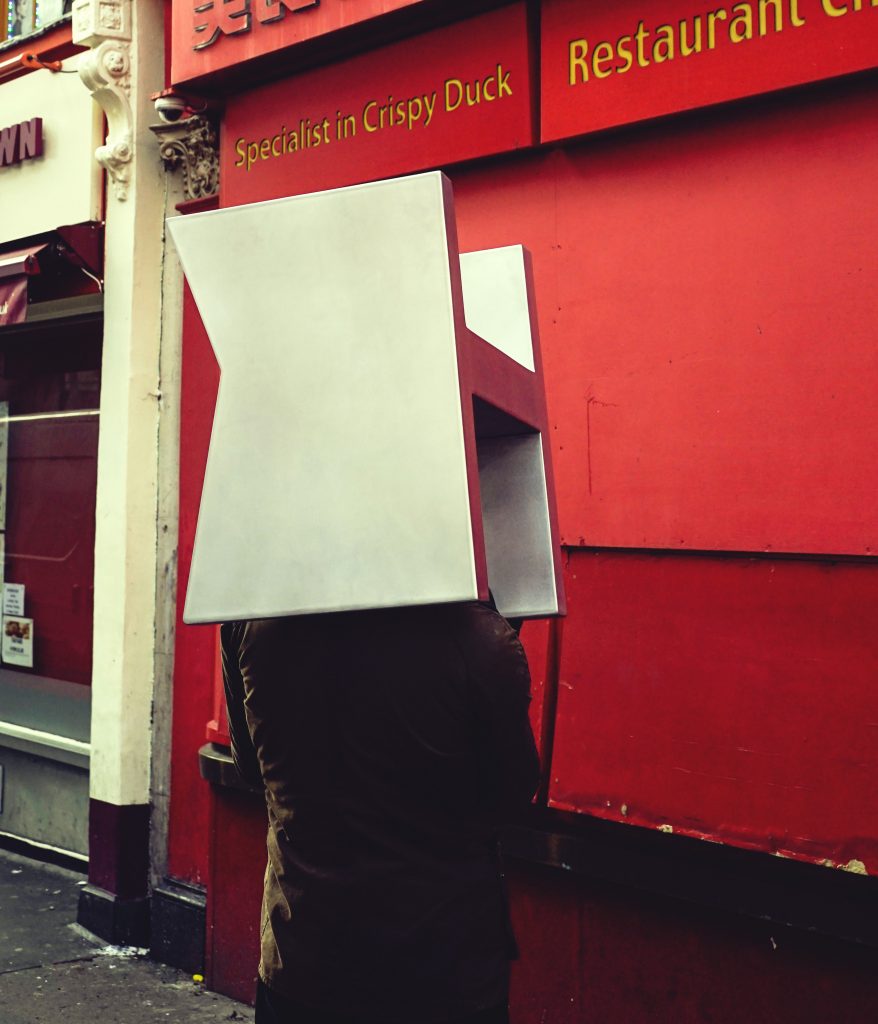
What material have you been working with mainly?
I decided to work with the materials the construction of the chair consists of, beyond what the beholder sees at a first glance. The idea of The Crown chairs construction is mainly a metal frame with additional wooden material to give support at the bottom, covered by foam and fabric. This has informed the choice of working with Aluminum and Valchromat. Using materials that are of importance to the pieces we love but in this instance was not visible. Using what was on the inside as the outer materials. I love working with Valchromat as it to me resembles textiles in how it shifts in colours. Valchromat is a wood panel fiber, that is colored all the way through and engineered for a high physical performance, on average 30% stronger than a MDF.
GORAWA – KURDISH FOR CHANGE
Lezan Lurr tackled the transition of the Crownchairs in the same exploratory way. For the first chair she peeled off layers of foam and fabric, to investigate the bare construction of the chair. The metal skeleton was cleaned by sandblasting. CAD drawings were created over the new shape and then 12 parts were laser cut in aluminum sheet, which were welded together and finally sanded free of visible joints.
KURSI – KURDISH FOR CHAIR
The second chair’s case consists of through-dyed wood fiber panel (Valchromat) and consists of four separate parts that slide along the chair’s sides, seat and backrest. The prototype was created in MDF, but the angles were hard and not very comfortable. The exploration continued. Valchromat does not bend naturally but Lezan worked around this by working with thinner sheets. This created a curved backrest for softness and comfort. The four parts were glued and stapled together for a seamless look. Finally, the chair was sanded and oiled.
How would you describe the result?
I am happy with the result of the chairs, they have kept the essence of the original crown chair in both shape and material while visually changing completely. However I can now only think about how I would yet again like to re-work them, adding moss green insulation foam as cushions for the Aluminium chair and hand-carve ashtrays in Valchromat with a pocket to store cigarettes that can slide onto the black chairs armrest.
“I love gothic revival as much as I love brutalism. Beyond the architectural eras that I love, I believe that style is rooted in a state of mind and feeling, which is constantly evolving and changing for me. I think it’s exceedingly difficult to describe one’s own aesthetic or style.”
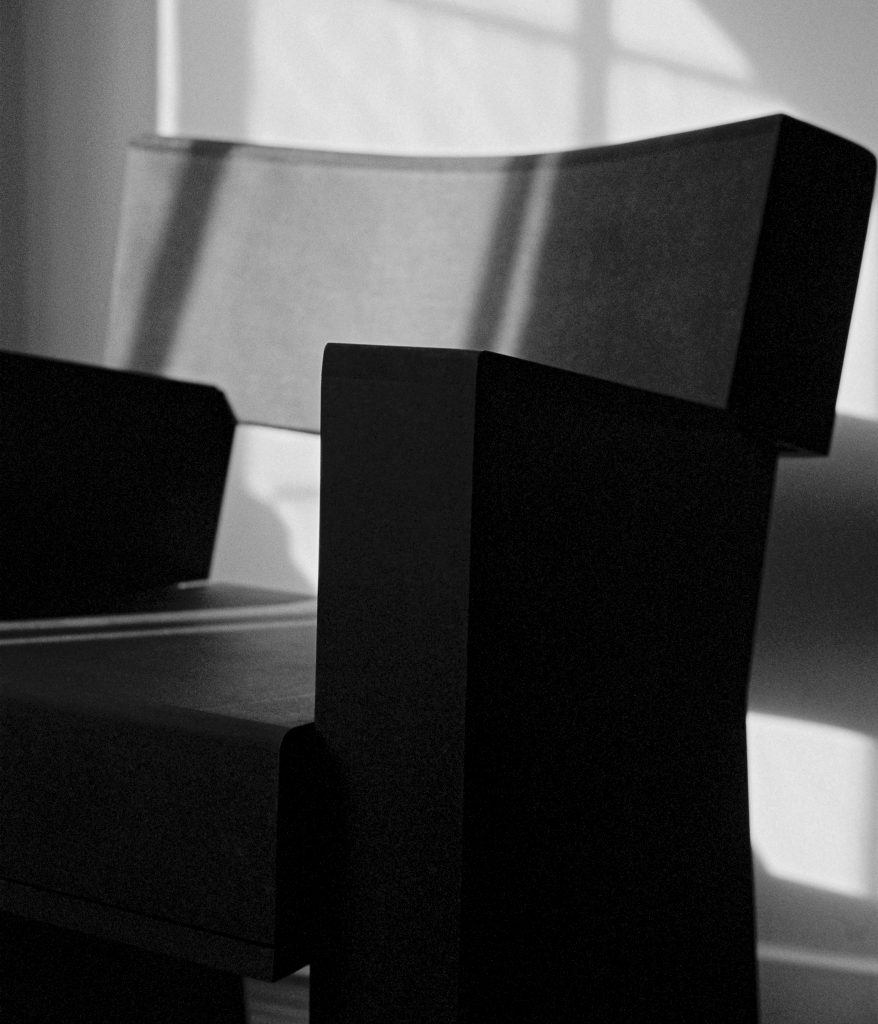
” I decided to work with the materials that make up the chair’s construction. Crown mainly consists of a metal frame, but also wood that provides support at the bottom, this is then covered with foam and fabric. I wanted to use the materials that form the core of a product we love but which in this case were not visible. “
Whats next?
Next up for me is a continued focus on interior design projects and building bespoke furniture. There is something beautifully intimate in working on residential projects where one enters someone else’s most private and bare self in creating a home.
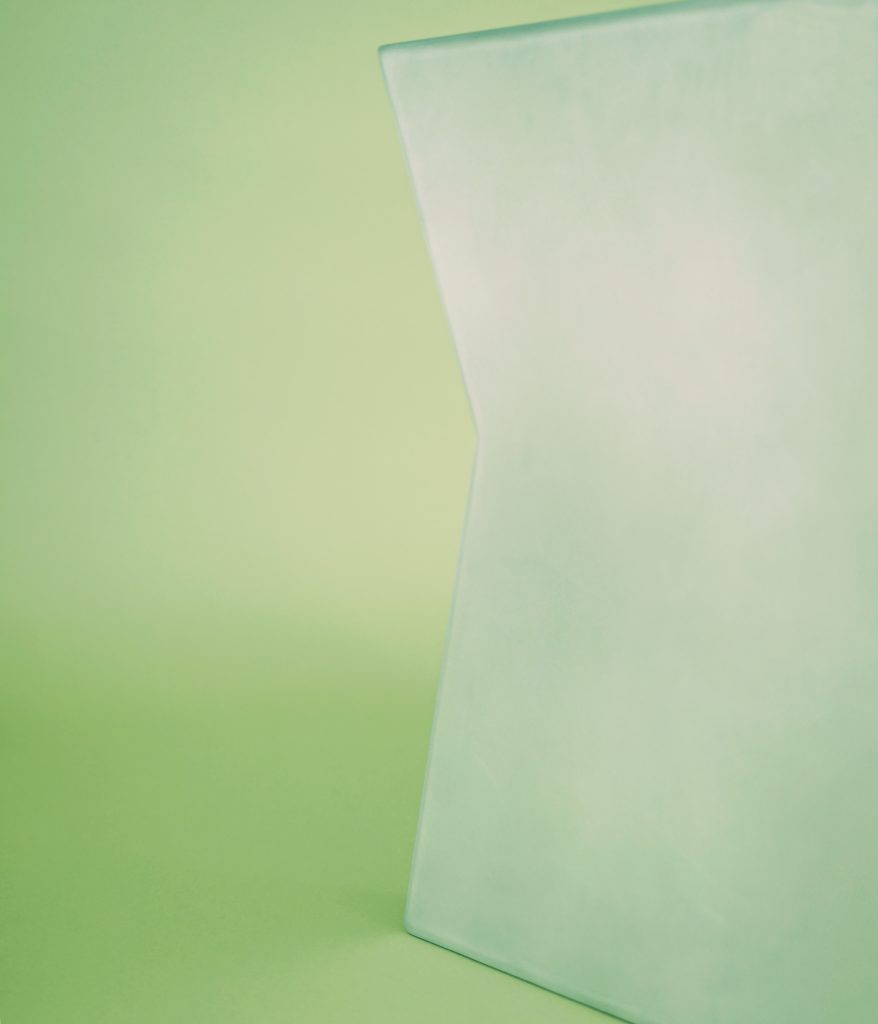
Production by Alfie Chambers @alfchambers
Photographed by Dilan Lurr @dilan.lurr
The Crown Jewels by Lezan Lurr will be exhibited during Stockholm Design Week at Massproductions Works from February 6.

